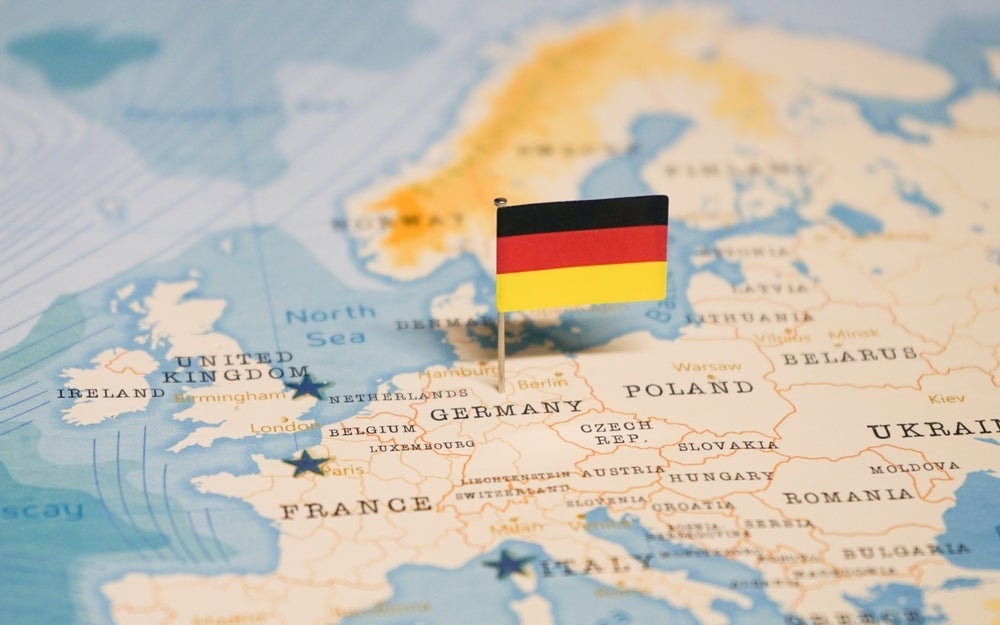Germany’s wealthy population has seen fruitful returns over the past five years. The overall wealth from the HNWI population in Germany totals at a staggering $4.2 trillion. This is more than a trillion higher than the $2.87 trillion recorded in 2009. The amount of German millionaires also increased from 1.29 million to 1.38 million between 2009 and 2013, a 7.6% rise. Germany is expected to keep creating millionaires, but an even faster pace in the next few years. PBI’s sister company, WealthInsight, has revealed that the total is forecast to grow by 11% and reach 1.56 million by 2018. However, despite the amount of sheer wealth in the country, the divide between the old East and West Germany is large.
The German government has continually attempted to make the East more appealing to investors through subsidies and tax cuts that have been active since the 1990s. However, there has been little to no movement in that direction. Companies and the young have begun to start moving back to East Germany but analysts predict that any remarkable change in the status quo will take another twenty years at least.
Opportunities for wealth creation are extremely limited in East Germany with the only main city in the region being Berlin, the fifth largest cities for HNWI population in Germany. Obviously, the other four cities are in the West. Nevertheless, even in the capital Berlin, HNWI density is low compared to the other major cities throughout Germany recording a percentage of 1.7% of total population, compared to cities such as Frankfurt and Dusseldorf with 33% and 10.7% respectively.
While efforts to move the wealthy population to the East continue, movement from the East to the West shows no sign of slowing down. There has been migration of up to two million people from the east to the West since 1990, reducing the population in the region by as much as 13.5%. Tom Carlisle, analyst at WealthInsight, said: "This imbalance has been due to a large amount of young, well qualified workers moving west to work in the financial services sectors in Frankfurt and manufacturing and raw material production in Dusseldorf, while the East just languishes behind."
Carlisle said: "Berlin is the pivotal point in the East, and the thriving environment seen in HNWI numbers needs to be mirrored throughout the neighbouring cities. One area that can be expanded is the internet start-ups and other technological sectors, which makes up 8.3% of HNWIs. Producing business hubs throughout Eastern Germany, in cities such as Saxony and Mecklenburg, could increase HNWI investment in the region and gradually, over time, create an economic balance between East and West."
How well do you really know your competitors?
Access the most comprehensive Company Profiles on the market, powered by GlobalData. Save hours of research. Gain competitive edge.

Thank you!
Your download email will arrive shortly
Not ready to buy yet? Download a free sample
We are confident about the unique quality of our Company Profiles. However, we want you to make the most beneficial decision for your business, so we offer a free sample that you can download by submitting the below form
By GlobalData






